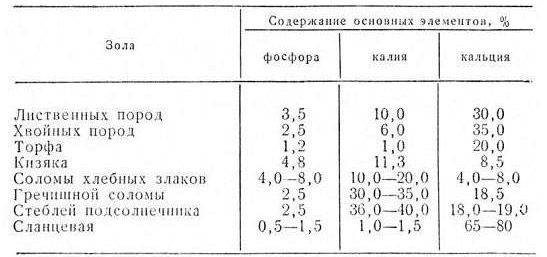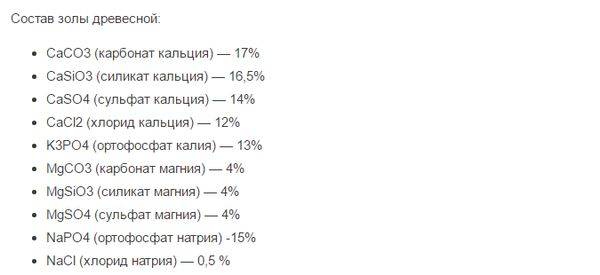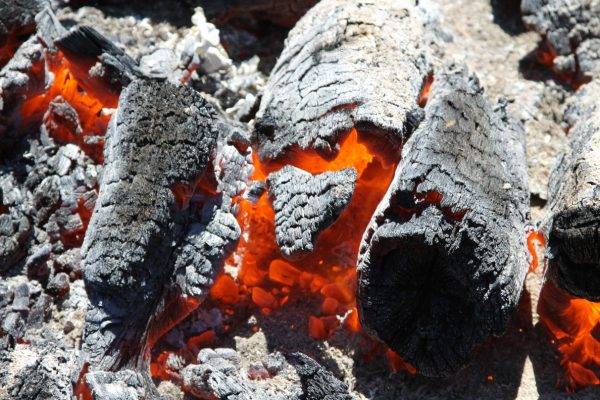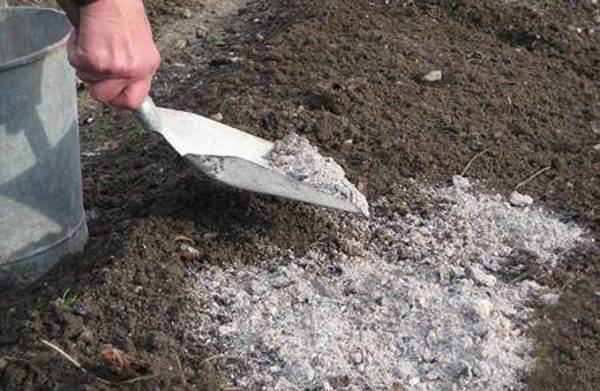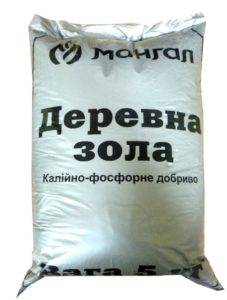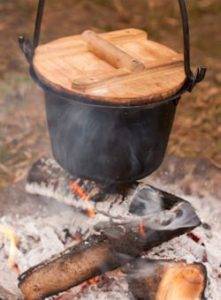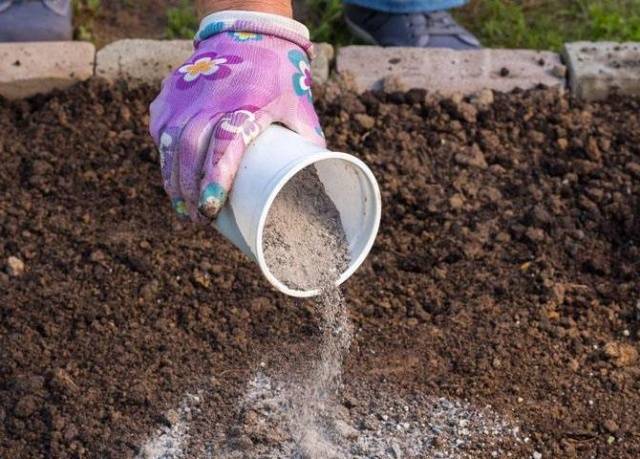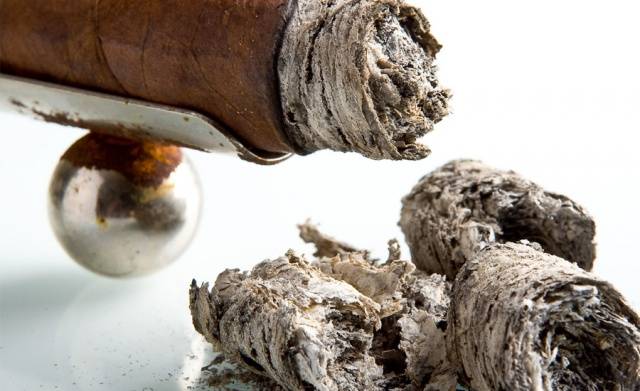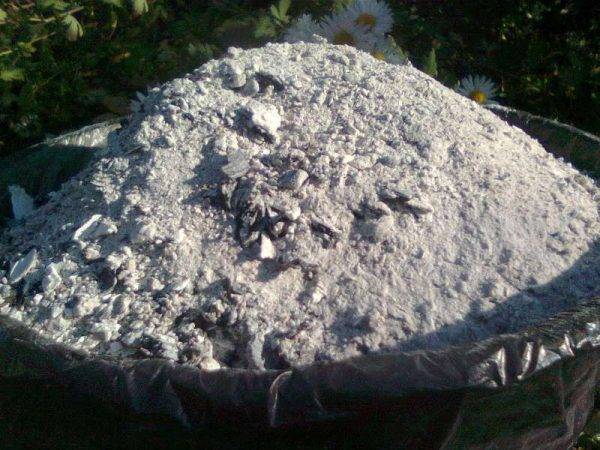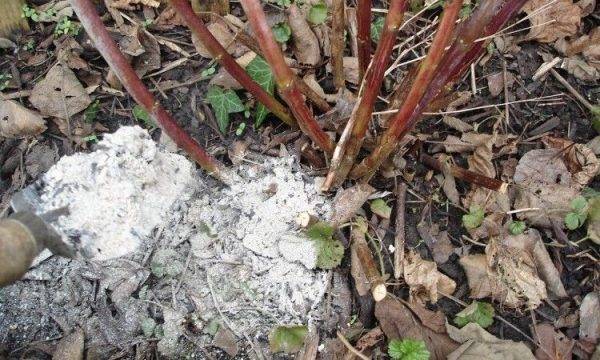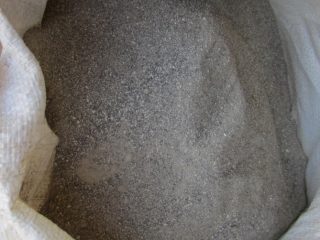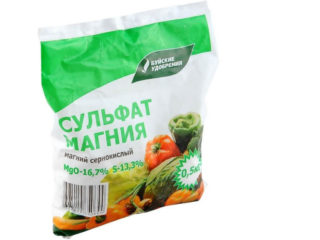Content
- 1 Ash composition and its effect on soil quality
- 2 Why ash is not considered a nitrogen fertilizer
- 3 Where ash cannot be used
- 4 Making fertilizer from wood ash
- 5 What foliage makes the best ash: myths and reality of fertilizer preparation
- 6 Is cigarette ash good for you?
- 7 Fertilizer from coal burnt out in a stove
- 8 Plant feeding rules
Ash obtained from the combustion of vegetation, coal and wood waste is used by gardeners as fertilizer. Organics contain useful minerals that have a beneficial effect on plant development. Gray dry matter is not only a complex fertilizer, but also protects crops from pests. Sprinkle the ashes on the leaves of cabbage and radish. Applied wood ash as fertilizer for all vegetable gardens, flowers and fruit trees.
Ash composition and its effect on soil quality
Determining the exact composition of wood ash as fertilizer is a difficult task. The presence of trace elements and their percentage depends on the type of organic matter burned. It doesn't matter if it is coal, peat, shale or ordinary vegetation, the composition of the resulting dry matter is very different. Even when burning two heaps of coal of different rocks, you will get two organic fertilizers differing in microelements.
Even the age of the wood affects the composition of wood ash. The richest in composition is the ash obtained by burning young tree branches. Straw from cereal crops does not lag behind in quality. To find out if ash is, which fertilizer is nitrogen or phosphorus, a table is offered, where the content of the main elements is indicated in percentage.
Coal, shale, and peat ash as a fertilizer is not very rich in useful microelements. Ashes are more commonly used for pest control. From small granules of burnt coal, drainage is made in flower beds when growing flowers. In gardening and horticulture, ash from wood is considered the most useful. To understand, wood ash, what kind of fertilizer and what elements it consists of, a table is offered for review.
For most gardeners, ash is familiar as a fertilizer, but dry matter also improves the structure of the soil, restores acidity. Ash loosens the soil. Loamy soil is easier to cultivate, and the access of oxygen to plant roots increases. Beneficial microorganisms and earthworms multiply in the ground. All these points are closely related to the increase in yield.
The video tells about wood ash:
Why ash is not considered a nitrogen fertilizer
To figure out which fertilizer ash belongs to, it is worth considering the features of its production. Nitrogen accumulates in the tissues of fresh organic matter: leaves, wood, plant stems. Smoke is emitted during combustion. And with it, nitrogen evaporates. Only inorganic minerals are retained in the remaining charcoal. As a result, wood ash is not a nitrogen-containing fertilizer. Ash is rich in calcium, phosphorus and potassium.
Where ash cannot be used
In many cases, the use of ash as fertilizer is justified, but ash is not always beneficial:
- Ash must not be mixed with fresh manure. This threatens to reduce the formation of nitrogen. As a result, compounds are formed that are poorly absorbed by the root system of plants.
- Ash cannot be fed to seedlings until two full leaves appear.
- Ash reduces acidity, but it cannot be applied to the area where cabbage is planted. Beans react badly in the same way.
- Fertilization of the site with nitrogen-containing substances and charcoal is performed at different times of the year: in spring and autumn. It is impossible to add both substances together.
- Before planting seedlings, the ash is thoroughly mixed with the soil. A large accumulation of matter can burn the root system of plants.
- For soil with an acidity index of more than seven units, charcoal will only do harm. With an increase in alkali, the absorption of nutrients by plant roots will deteriorate.
- Ashes are not added when preparing fresh compost from vegetation, as the content of nitrogenous substances decreases.
In most cases, ash is useful as a fertilizer, but you need to know when and where it can be applied.
Making fertilizer from wood ash
Experienced gardeners know which ash is best for fertilizing and how to prepare it. Ash is usually stored in the fall. At this time, a lot of tops are collected after harvesting the garden, branches of felled bushes and fallen trees.
Dry fertilizer
Making dry fertilizer is easy. It is enough to burn the wood and wait for the coals to cool completely. The resulting ash is not sieved, but large fractions are simply selected. Small coals will not harm. For storage, ash is collected in bags. It is important to set aside a dry place so that the dampness does not pull the fertilizer.
There is no special secret on how to use wood ash as fertilizer. Gray dust with small pieces of coal is scattered around the garden. If feeding is done in the spring before planting, then the ash is dug up with the soil. Autumn application does not require digging. Ashes will play the role of mulch, absorbed into the ground along with rain and melt water.
Applying dry dressing requires the correct proportions for each type of soil. The dose is increased for soils with a high clay content. Approximate consumption for 1 m2 plot is:
- for sandy loam - up to 200 g;
- for loams - from 400 to 800 g.
Exceeding the dose threatens to disrupt the alkaline balance of the soil.
Liquid fertilizer
Liquid fertilizer is better absorbed by plant roots. The solution is applied simultaneously with watering. In addition to root feeding, grapes, tomatoes and cucumbers are sprayed with a nutritious liquid.
You don't need to be an experienced agronomist to know how to use ash as fertilizer. It is enough to be able to properly prepare the solution. There are two popular ways:
- Cold exposure. The percentage of ingredients depends on the plants for which the fertilizer is being prepared. On average, they take about 200 g of dry matter and pour 10 liters of cold unboiled water. Insist the solution for at least a week, stirring occasionally with a stick.
- Uterine infusion. The recipe is complex, but the resulting solution is filled with minerals as much as possible. To prepare fertilizer, 1 kg of burnt wood is poured into 10 liters of cold unboiled water. The liquid will have to be boiled for up to 20 minutes. It is better to do this on a fire in a large cauldron or an iron bucket. After cooling, the fertilizer will be ready for use.
Of the two methods for preparing liquid feeding, uterine infusion is considered the most effective. The solution is filled with minerals, can be stored for a long time without loss of useful properties, and thanks to boiling, all harmful microorganisms are killed.
What foliage makes the best ash: myths and reality of fertilizer preparation
During the spring-autumn period, the foliage of trees accumulates a large amount of nutrients. When burned, a gray light substance is obtained, similar to dust, without the content of coarse coal fractions. From the resulting ash, fertilizer is used in the garden as a top dressing.The complexity of the preparation of the substance lies in the low yield. When burned, a maximum of 2% ash remains from the total mass of the foliage.
Dry foliage is burned in a large metal container. After cooling, the dust is packaged in polyethylene bags. The ingress of moisture is unacceptable, otherwise the leaching process will start.
There is an opinion among gardeners that the best ash composition is obtained from walnut leaves. Indeed, iodine, fats, and other useful compounds accumulate in the tissues. You can get a useful solution by infusing or boiling fresh foliage. When burned, all organic matter is volatilized. The same phosphorus, calcium, potassium, magnesium and other minerals remain. The composition of walnut ash is no different from ash obtained from burning the foliage of any tree.
Is cigarette ash good for you?
Much has been said about the dangers of cigarettes, but this does not mean that the resulting ash is poorly suited for fertilization. Burnt tobacco is no different in composition from ash obtained from leaves or any vegetation. With combustion and smoke release, all harmful substances evaporate. The only problem is the collection of ash. You can't smoke that many cigarettes to get a bag of an ingredient.
Cigarette ash is collected in small quantities and used to feed indoor flowers. The solution is prepared from 15 g of dry matter soaked in 1 liter of water for three days. Top dressing of indoor plants is carried out 3 times a year. Usually watered during flowering at intervals of two weeks.
Fertilizer from coal burnt out in a stove
Coal slag is more often used for construction work or for arranging drainage in a flower bed. The content of magnesium, calcium and other minerals is minimal. However, ash from coal is also used as fertilizer and is beneficial.
Dust is sifted from the slag, sprayed over the area at the rate of 100 g / m2 and dug a shovel onto the bayonet. Coal ash is rich in carbonates, sulfates, and silicates. After feeding, the soil is enriched with sulfur, which is useful for onions, legumes and all types of cabbage.
Plant feeding rules
In what proportions ash is used as a fertilizer, how to use it depends on the plantings for which top dressing is prepared:
- Grapes are fed in the fall with infusion of 5 buckets of water and 300 g of wood ash. In the spring, dry matter is introduced into the soil, and in the summer they sprinkle the soil on top to combat pests.
- Tomatoes are fed by scattering half a glass of ash on the ground near the stem of each bush. Another way - to prepare a liquid solution, 100 g of dry matter is diluted in 1 bucket of water and the bushes are added.
- Cucumbers are fed by scattering ash over the entire area of the garden before watering. When applying liquid dressing, 3 tbsp. l. dry matter insist 7 days in 1 liter of water. Pour 0.5 liters of solution under each bush.
- Onions are susceptible to fungal diseases. To preserve the crop, the ash is sprayed over the garden bed, and then watered abundantly.
It is justified not only to use ash to fertilize the garden, but also as a means against pests. Plants and the soil under them are sprinkled with dry ash to combat flea beetles, slugs, Colorado potato beetles, and snails.
Now the question of which fertilizer will replace the ash is not an acute question, because the store is full of complex dressings containing all the minerals necessary for the plant. But most of the preparations are obtained chemically, and the ash is obtained naturally from organic matter.
